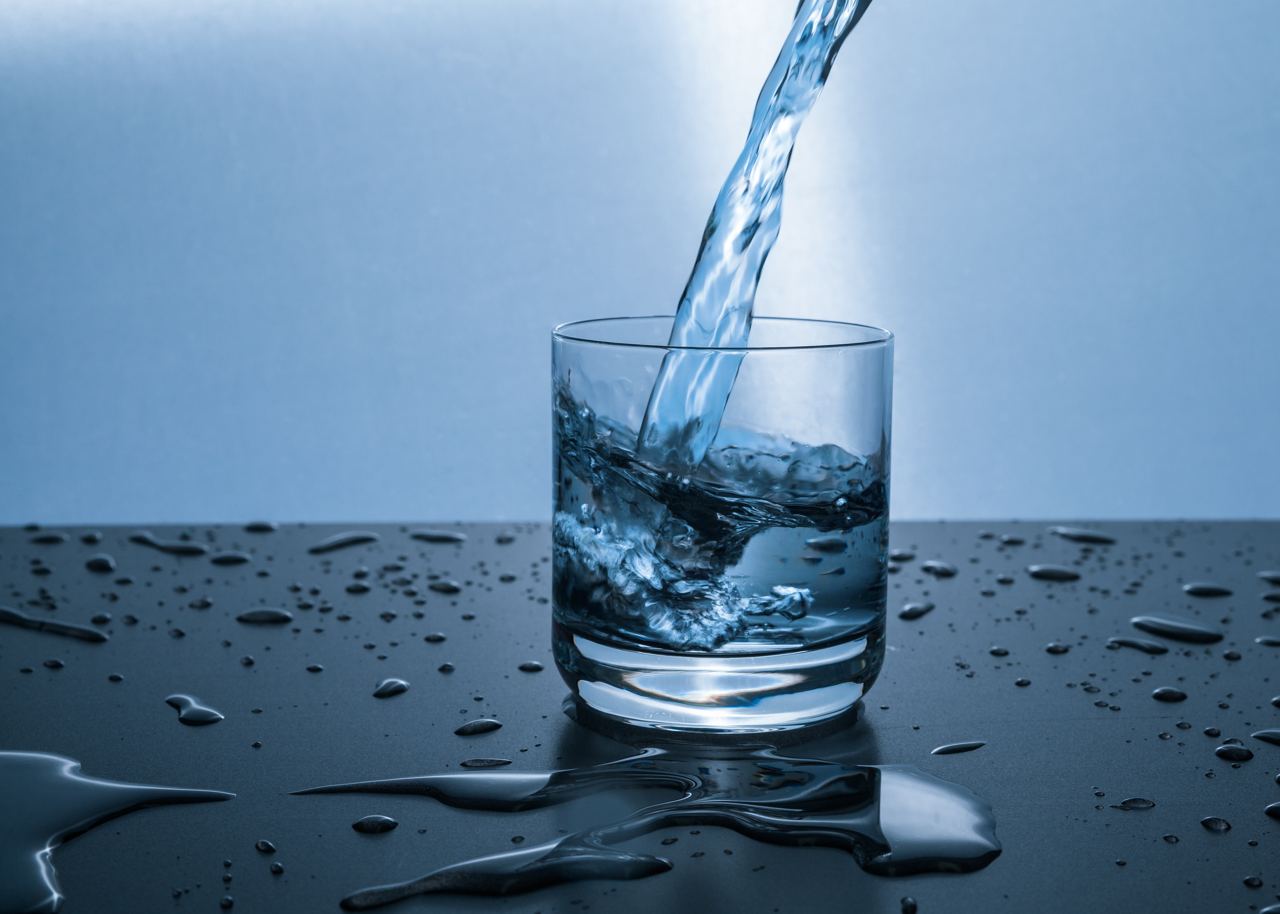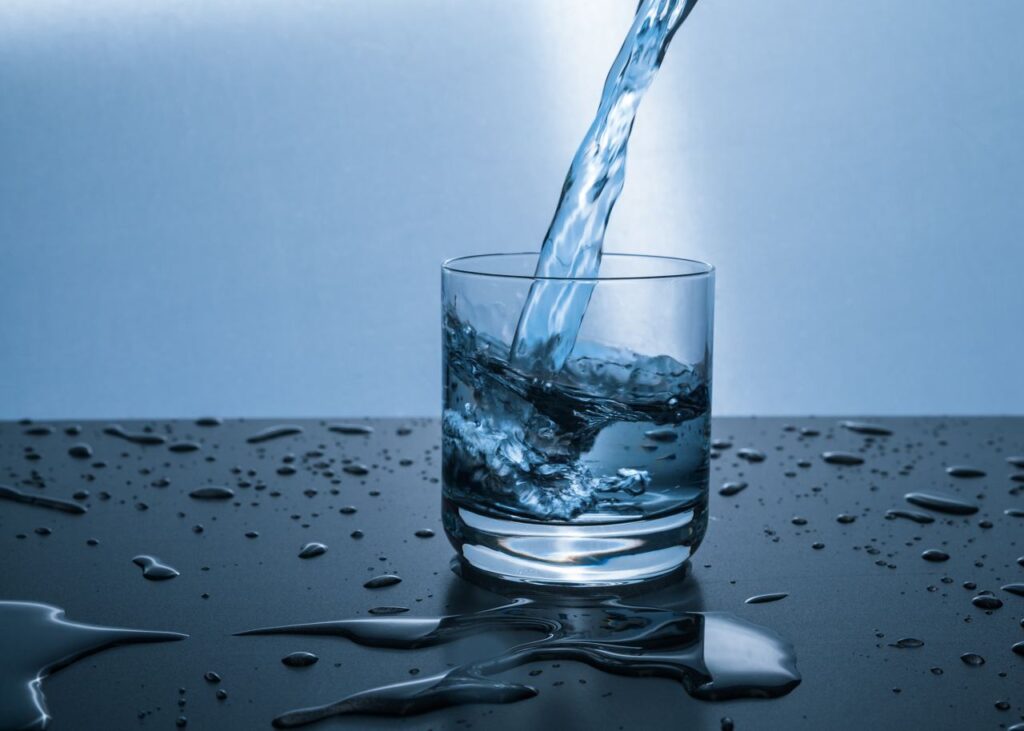
Hydration and electrolyte balance in performance
Understand the role of fluid intake and electrolytes in optimizing athletic performance
In the world of sports and athletics, athletes are constantly striving for excellence. Whether amateurs or professionals, they always look for ways to improve their performance. One aspect that is often overlooked but has an impact is the importance of staying adequately hydrated and maintaining a balance of electrolytes. This is especially crucial for endurance athletes who face challenges due to the duration of their activities and the resulting loss of fluids and electrolytes. In this article, we will explore why hydration and electrolyte balance are vital for optimizing performance with a focus on endurance activities. By understanding the mechanisms behind it, recognizing the consequences of imbalances, and adopting strategies, athletes and coaches can make informed decisions to reach their peak performance.

The Physiology of Hydration and Electrolyte Balance
Maintaining balance and electrolyte homeostasis is essential for the healthy functioning of our bodies [1]. Water plays a role in physiological functions such as regulating body temperature lubricating joints, and transporting nutrients and waste products. On the other hand, electrolytes like sodium, potassium, calcium, and magnesium are necessary for maintaining balance in our bodies transmitting nerve signals accurately, contracting muscles effectively and balancing acid-base levels.
During endurance activities, when we engage in exertion, our body loses an amount of fluids through sweat. Maintaining hydration and electrolyte balance is crucial, which involves managing how much fluid we consume and sweat and the kidney’s role in regulating electrolytes. When we become dehydrated, the concentration of substances in our blood increases, leading to a decrease in blood volume that can affect our function. This can hinder the delivery of oxygen to our working muscles. Ultimately impede an athlete’s performance.
Electrolyte imbalances are also a concern, especially regarding sodium deficiency caused by sweating. Low levels of sodium in the blood, known as hyponatremia, pose a risk during prolonged activities. Symptoms can range from nausea and headaches to severe complications such as confusion and cerebral oedema.
Consequences of Dehydration and Electrolyte Imbalance
Dehydration does not affect abilities but also has adverse effects on cognitive function. In endurance activities, dehydration can lead to reduced exercise tolerance, compromised ability to regulate body temperature effectively, increased perception of effort during exercise, and diminished clarity. These effects become more challenging during prolonged activities where fluid losses accumulate.
Furthermore, electrolyte imbalances can further worsen performance challenges. Muscle cramps are symptoms of muscle weakness and reduced muscle contractility due to electrolyte deficiencies.
Calcium and potassium, essential for muscle contraction, can be depleted during exercise. This depletion can lead to impairments that affect an athlete’s coordination and muscle function, potentially compromising performance and increasing the risk of injuries.
Optimizing Performance Through Hydration and Electrolyte Balance
To optimize performance through hydration and electrolyte balance, it is essential to take a strategic approach that involves planning, monitoring and timely interventions.
Pre-Activity Hydration: It is recommended that athletes start hydrating before they begin any activity. They should consume fluids in the hours leading up to exercise. Monitoring urine colour is an effective way to gauge hydration status; pale yellow urine indicates good hydration, while darker shades suggest dehydration.
During Activity: Fluid intake during exercise for endurance activities is essential. Athletes should focus on replacing both fluids and electrolytes lost through sweating. Sports drinks that contain a combination of electrolytes and carbohydrates can sustain performance by providing energy and aiding hydration. Individual differences in sweat rates and personal preferences should guide strategies.
Post-Activity Rehydration: After exercising, it is crucial to replenish fluids and electrolytes. Water consumption helps restore hydration levels while consuming foods; electrolytes help replenish them. Monitoring changes in body weight before. Exercising provides insights into the loss of fluids. If you lose more than 2% of your body weight, it could indicate that you haven’t replaced fluids.
When it comes to replenishing electrolytes, dietary sources play a role. Including sodium foods like snacks or broth can help maintain sodium levels. Additionally, incorporating potassium foods such as bananas, leafy greens, and magnesium-containing foods like nuts and whole grains contributes to achieving an overall balance of electrolytes.
Implementing Strategies for Endurance Activities
Given the nature of their activities, endurance athletes face unique challenges in maintaining hydration and electrolyte balance. Strategies tailored to endurance activities can further enhance performance.
Hydration Planning: Developing a personalized hydration plan is crucial for endurance athletes. This plan should consider factors such as the duration and intensity of the activity, sweat rate, and individual preferences. Experimentation during training can help athletes determine the optimal fluid intake strategy for race day.
Electrolyte Supplementation: Endurance activities entail prolonged exertion and substantial electrolyte losses. Athletes should consider incorporating electrolyte supplements or sports drinks specifically formulated for endurance events. However, avoiding excessive electrolyte consumption is essential, which can lead to imbalances.
Adapting to Environmental Conditions: Environmental factors, such as temperature and humidity, significantly influence fluid and electrolyte losses. Athletes should adjust their hydration and electrolyte intake based on the prevailing conditions to prevent dehydration and imbalances.
Conclusion
In summary, reaching performance requires a comprehensive approach encompassing various aspects such as training, nutrition, recovery and hydration. Among these factors maintaining hydration and electrolyte balance takes the stage for endurance athletes who undergo prolonged activities that challenge fluid and electrolyte equilibrium. Understanding these elements is crucial for athletes and coaches to make informed decisions.
By monitoring their hydration status, incorporating foods in electrolytes, and strategically utilizing sports drinks, athletes can effectively mitigate the risks of dehydration and imbalances. Ultimately excelling in performance is like conducting a symphony where proper hydration and electrolyte balance play a harmonious role.
References:
1- Shirreffs SM, Sawka MN. Fluid and electrolyte needs for training, competition, and recovery. J Sports Sci. 2011;29 Suppl 1:S39-46. doi: 10.1080/02640414.2011.614269. PMID: 22150427.
2 – Maughan RJ, Shirreffs SM. Dehydration and rehydration in competitive sport. Scand J Med Sci Sports. 2010 Oct;20 Suppl 3:40-7. doi: 10.1111/j.1600-0838.2010.01207.x. PMID: 21029189.
3 – Casa DJ, Armstrong LE, Hillman SK, Montain SJ, Reiff RV, Rich BS, Roberts WO, Stone JA. National athletic trainers’ association position statement: fluid replacement for athletes. J Athl Train. 2000 Apr;35(2):212-24. PMID: 16558633; PMCID: PMC1323420.
4 – Judge LW, Bellar DM, Popp JK, Craig BW, Schoeff MA, Hoover DL, Fox B, Kistler BM, Al- Nawaiseh AM. Hydration to Maximize Performance and Recovery: Knowledge, Attitudes, and Behaviors Among Collegiate Track and Field Throwers. J Hum Kinet. 2021 Jul 28;79:111-122. doi: 10.2478/hukin-2021-0065. PMID: 34400991; PMCID: PMC8336541.


Leave a Reply